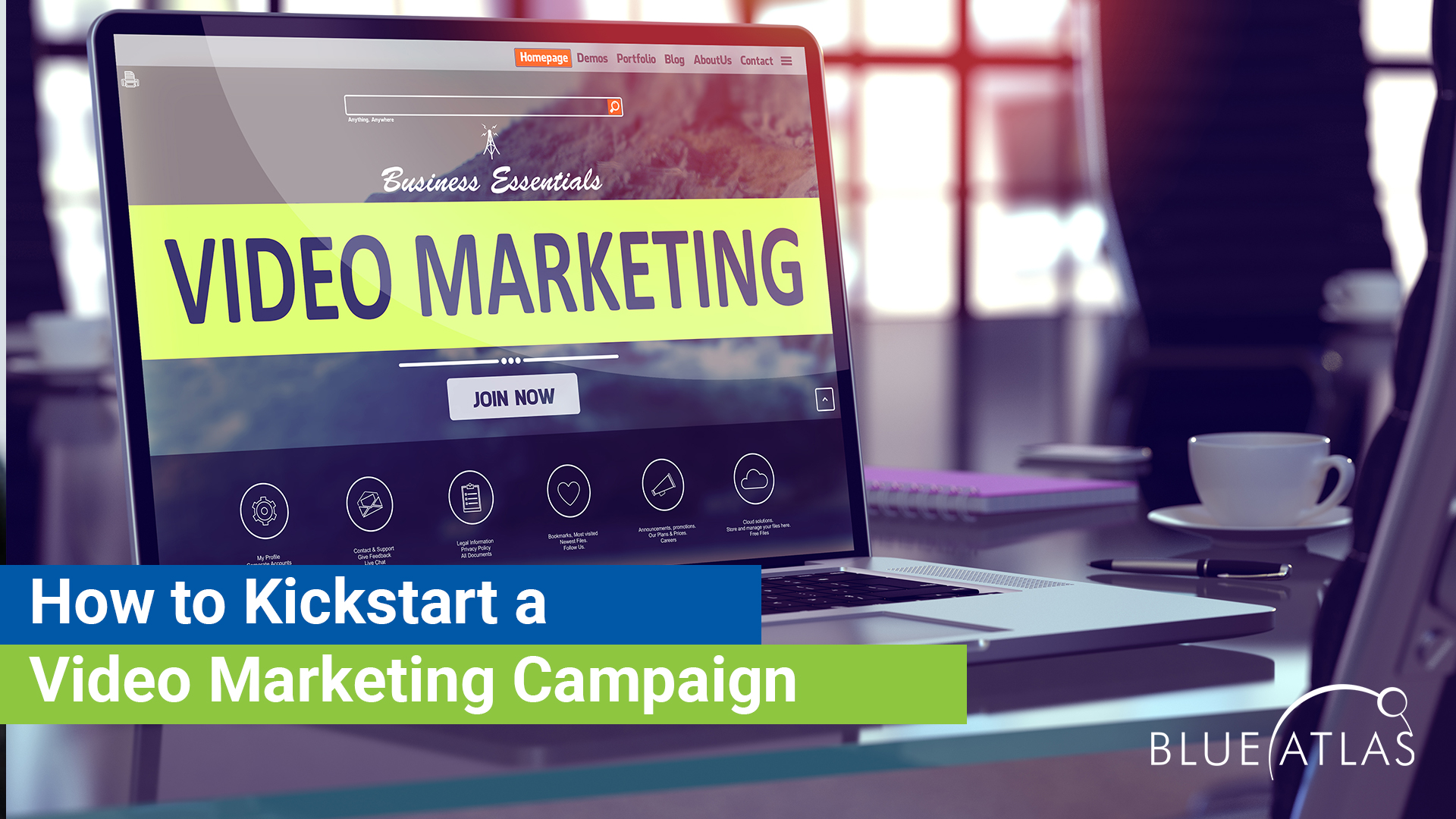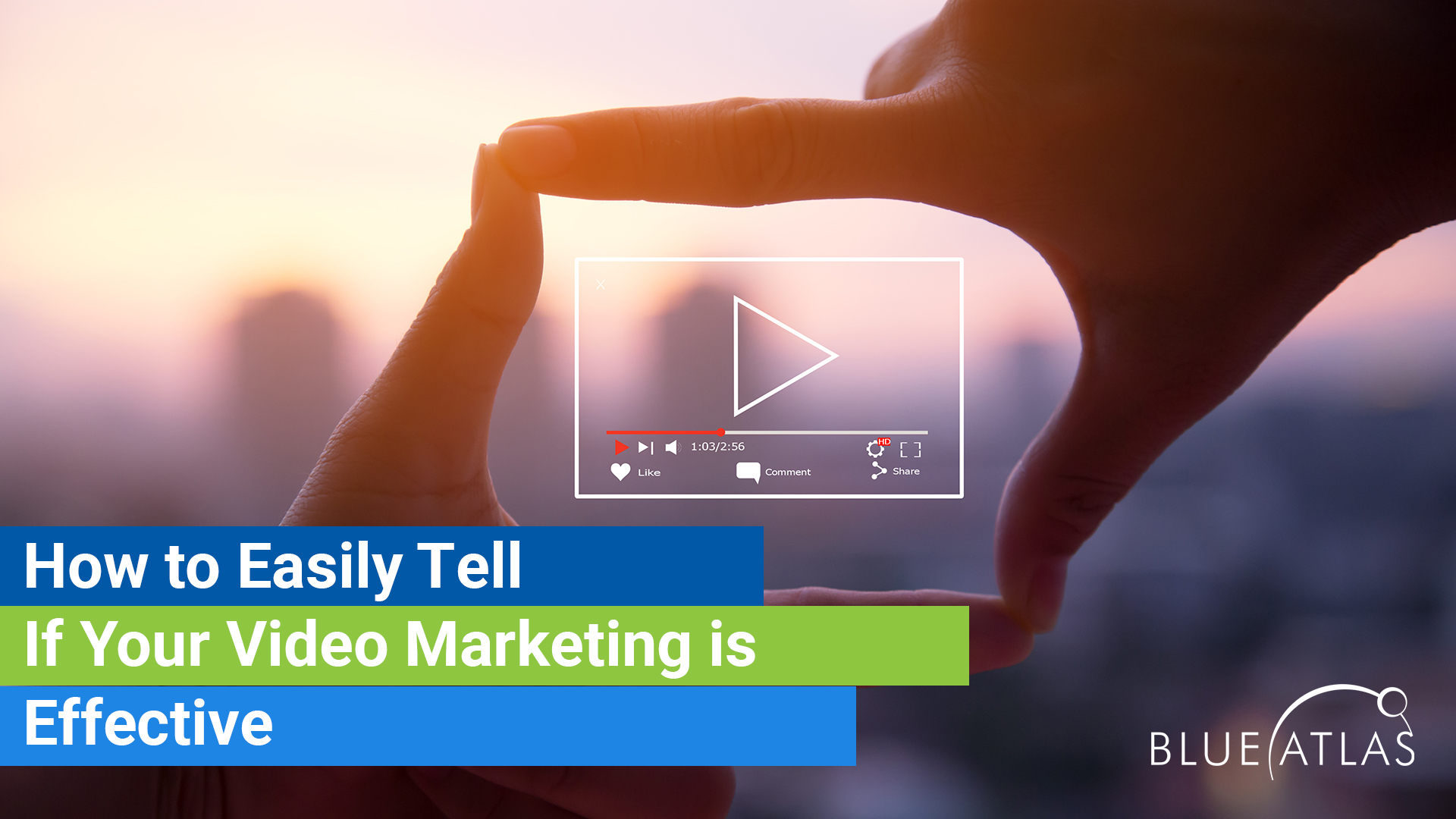How to Kick Start a Video Marketing Campaign

IGTV or YouTube? Ten seconds or five minutes? Scripted or unscripted? There are a lot of video options for busy brands in 2021, and it can be tough to pick the right videos to have the maximum effect for your business.
If your video strategy has been a lot of trial and error lately, it’s time to step things up. Here’s how to make sure video is a core part of your online marketing strategy this year, and how to produce videos that are truly effective in producing sales-oriented results!
Practice, Practice, Practice
One thing we encourage brands to do when starting some of the first video campaigns is simply practice making videos – period. Your team can film an excellent little marketing video with just a phone and some creativity, but it will take practice to make everything look right. That means taking time to practice with video modes, lighting, sound, stabilization techniques, panning, and much more. You can do it…but it can take time to get it right, and it’s alright to film videos that will never be published online as you learn.
On the other hand, if there’s no one on your team that feels confident in learning how to create professional videos, Blue Atlas Marketing is glad to help with the production side of making videos, especially for businesses that are just getting started on that front.
Always Ask Where Your Audience is Watching Video
More people than ever are watching online videos, thanks in part to the new remote work/school situations that cropped up in 2020, which led to new habits and more online viewing in general. But while online videos are extremely popular, it’s vital to know where your specific target audience is watching videos, so you know where to publish.
Sometimes, buyer personas for your target audiences can help you narrow down exactly what platforms are most likely in play – certain generations, for example are more likely to be watching videos on Instagram or TikTok. You can also examine past web traffic to see if there are videos or video ads in particular spots that have proven effective in the past. We also encourage brands to try sending out brief surveys about watching videos to current customers to gather even more information.
One except usually mentioned is YouTube, which is such a broad video platform that it can be used for nearly every type of online viewer. Another exception are your landing pages, which may be good home for quality video no matter who is visiting.
Pretend Your Video is About Five Seconds Long
Research shows that videos around two minutes long tend to get the best result. About a third of your viewers will stop watching videos around 30 seconds. That number can quickly go down if someone is just scrolling through a social media feed and isn’t paying much attention. So, no matter how long your video is, we suggest thinking if it’s about five seconds long. That’s about how long you have to capture the attention of the average viewer and keep them watching.
That means your brand must provide the value of the video within the first several seconds. What is it giving the viewer? What problem is it solving? Will it make them laugh? Walk them through an important process? Is it announcing important news? That core of value should be immediately obvious.
Create Videos that Don’t Need Sound
Around 80 to 90% of videos on platforms like Facebook are watched without sound. Browsers like Chrome will often block autoplaying sound when possible, too. Only on dedicated music-focused platforms like TikTok will sound be a common factor – but even here it is simply not guaranteed. Effective marketing videos always include graphics and closed captions, so people know exactly what you mean.
Practice Strong Video SEO
Videos also benefit from SEO, thanks largely to their metadata. While Google and other search engines focus on keywords and other textual signs, there’s a limit to what their bots can analyze about a video. That means you have to help them out as much as possible. With every video you publish online, check they have the following additions:
- A descriptive title
- A brief description that focuses on your brand name and product names as applicable
- The text of the video script for both closed captioning and SEO
- A specific channel for your brand content if necessary (platforms like YouTube make this very easy)
- Where necessary, a few targeted hashtags that describe your brand and the video itself
Give People a Clickable CTA Whenever Possible
Your online videos should never exist in a vacuum, they should always connect to your sales funnel as much as possible – even your general guides or more entertaining videos. One of the best ways to do this is to include a CTA (Call to Action) in the video to give viewers something to do when they are done watching.
Many creators put CTAs at the end of their videos. We suggest that you actually include the CTA early on when you are making your first major point (many viewers won’t watch much beyond that), and then again later in the video for longer videos.
It’s also important that you do more than simply state your CTA – that leaves a little too much in the hands of the viewer. Instead, see if you can create a popup or clickable link on the video itself that people can immediately use to head to your website or online store. Even if popups aren’t an option, include a clickable link in the video description to help viewers out. Again, if your team isn’t sure how to create videos with clickable popups or other important features, let Blue Atlas Marketing know and we can talk about work on a video campaign plan together.



